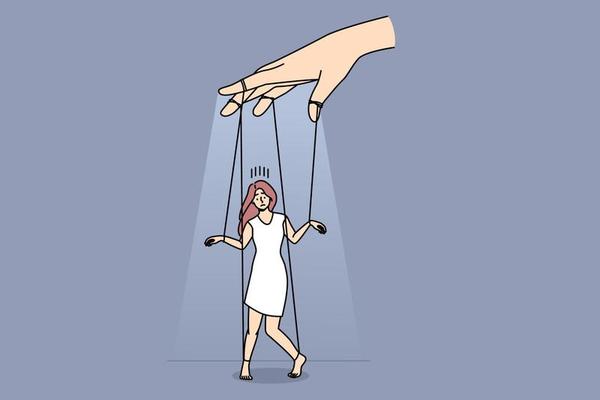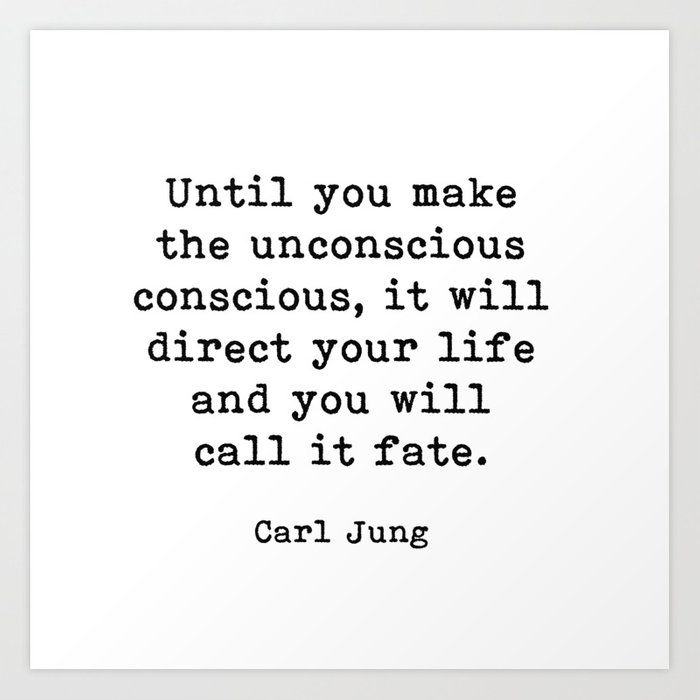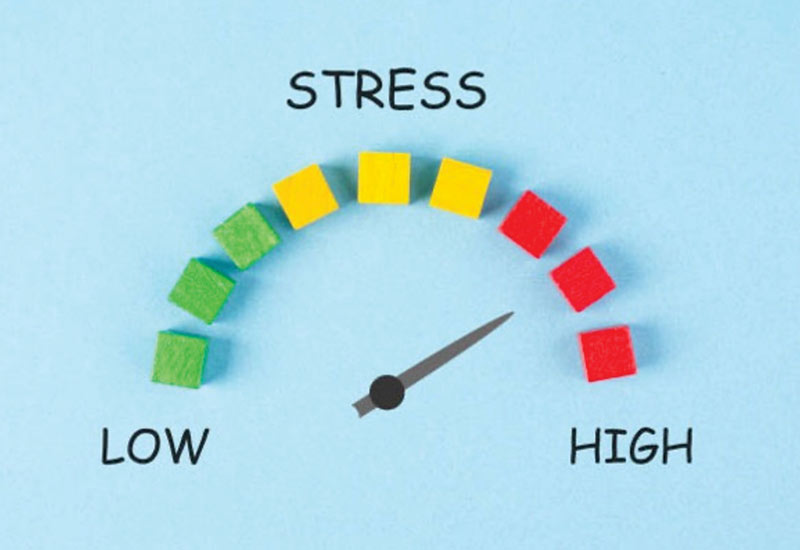Transform Your Life with Personalized Guidance: Why I Might Be the Life Coach for You
Are you ready to transform your life and achieve your dreams? As a life coach, I am passionate about empowering individuals to create a life they truly love. If you’re feeling stuck, overwhelmed, or simply want more out of life, I can help you gain clarity, overcome obstacles, and design a path to success.
What Makes Me a Different Kind of Life Coach?
I offer a unique approach to life coaching, combining evidence-based strategies with compassionate support. I’ll guide you through a transformative journey of self-discovery, helping you:
· Uncover Hidden Unconscious Beliefs Sabotaging Your Life: We’ll delve deep into your subconscious mind to identify limiting beliefs, negative thought patterns, and fears that are holding you back. By bringing these unconscious patterns to light, we can create new, empowering beliefs that will propel you forward.
· Clarify Your Vision: We’ll explore your values, passions, and aspirations to uncover what truly matters to you.
· Set Powerful Goals: Together, we’ll create a roadmap to success, breaking down your goals into actionable steps.
· Overcome Challenges: I’ll equip you with the tools and strategies to navigate obstacles and turn setbacks into opportunities.
· Build Confidence: I’ll help you silence your inner critic and embrace your unique strengths and talents.
· Enhance Relationships: Learn effective communication skills and build stronger connections with the people you care about.
The Benefits of Working with Me as Your Life Coach
As your life coach, I’ll provide:
- A safe and supportive space: Feel free to express your thoughts and emotions without judgment.
- Personalized guidance: Your coaching experience will be tailored to your specific needs and goals.
- Unwavering encouragement: I’ll be your biggest cheerleader, celebrating your wins and lifting you up during challenges.
- Expert strategies: Gain access to powerful tools and techniques to unlock your full potential.
- Accountability and motivation: Stay on track and maintain momentum toward your dreams.
Questions to Ask Yourself Before Choosing a Life Coach
Before you commit to working with any life coach, consider these questions:
- Does their coaching style resonate with me?
- Do I feel comfortable and safe sharing my thoughts and feelings with them?
- Do they have experience and expertise in my areas of interest?
- Do their fees and packages fit within my budget?
Ready to Take the Next Step?
If you’re ready to create positive change and live a more fulfilling life, I invite you to schedule a free consultation with me. We’ll discuss your goals, explore how I can support you, and see if we’re a good fit. Don’t wait – your dream life is waiting to be discovered!











